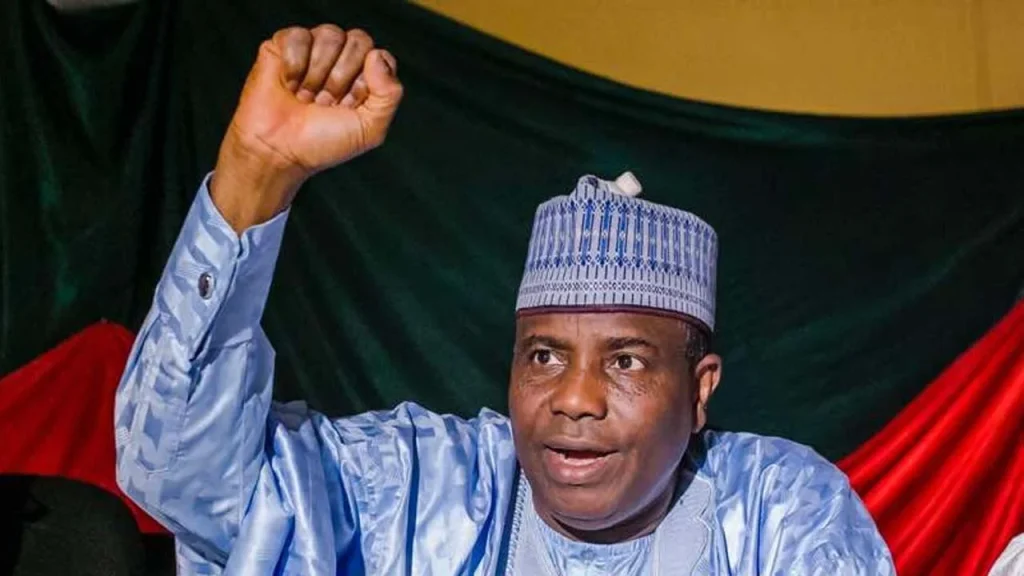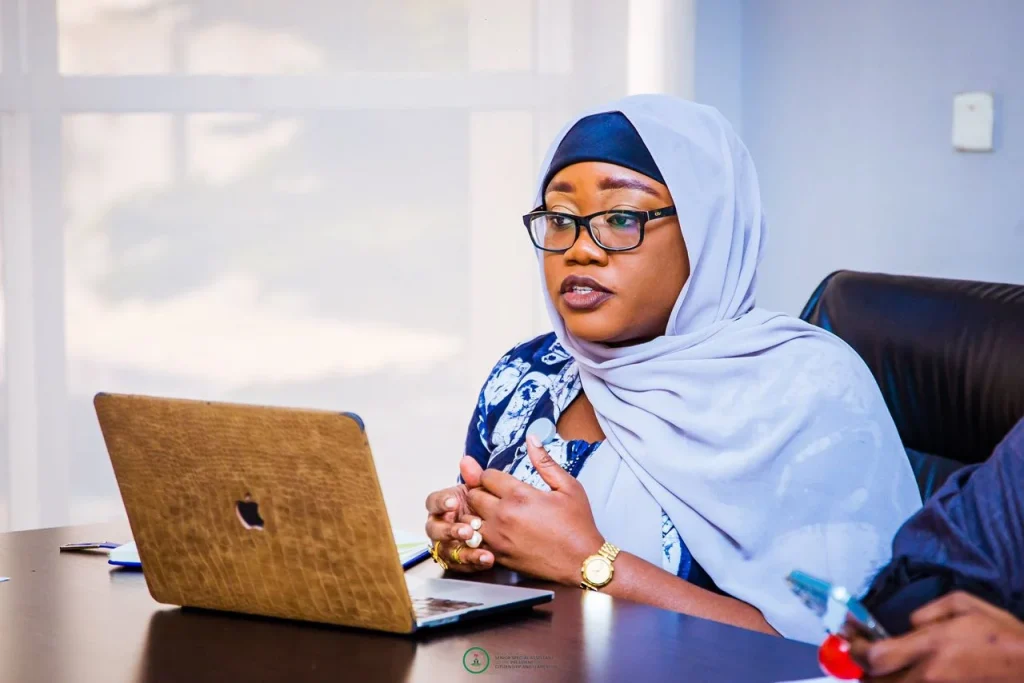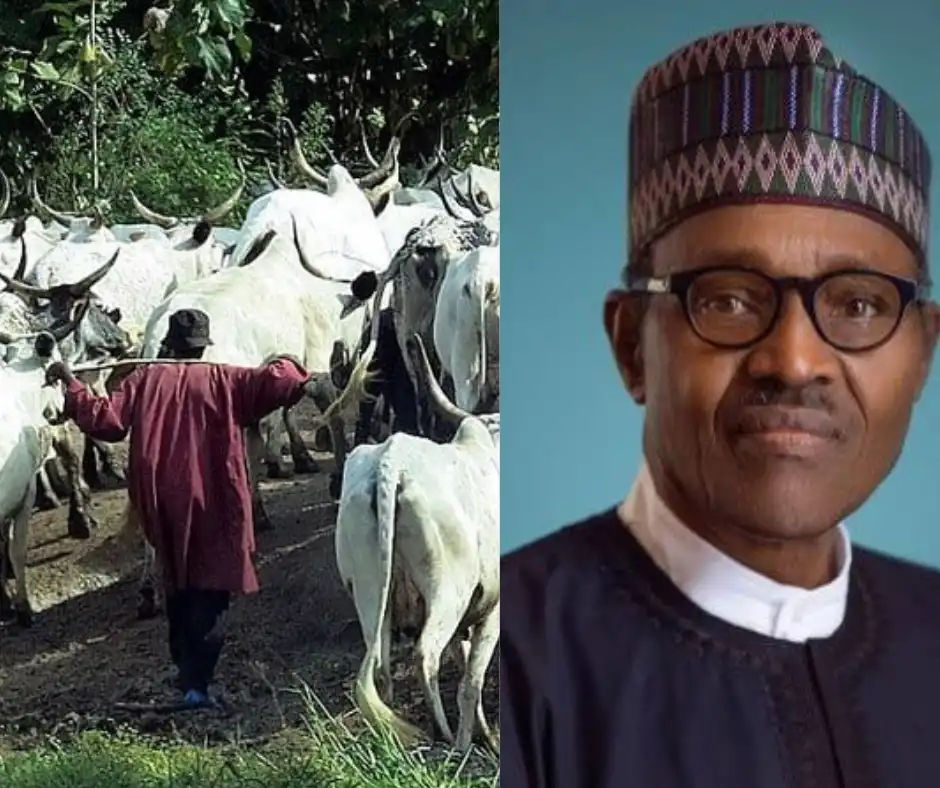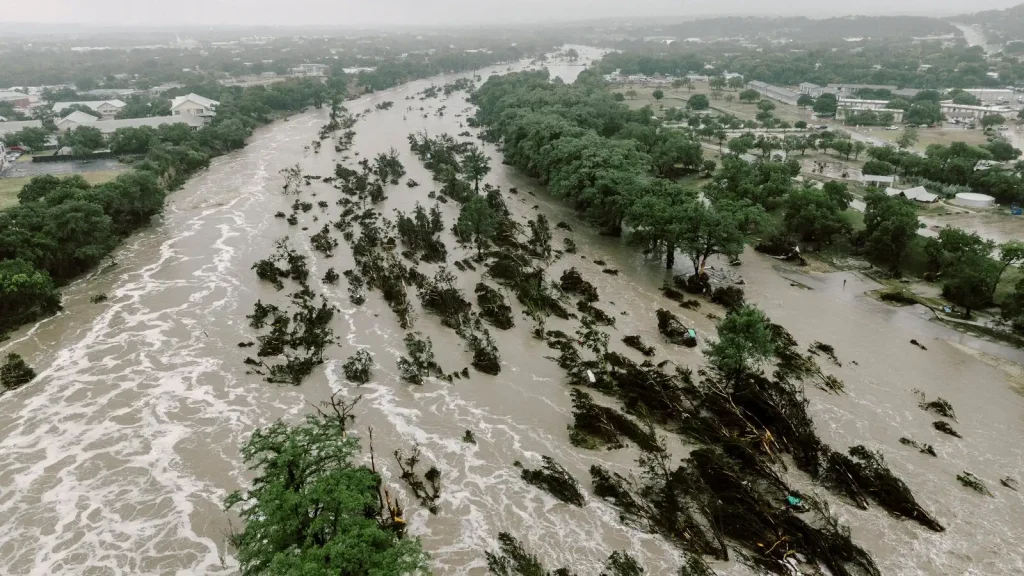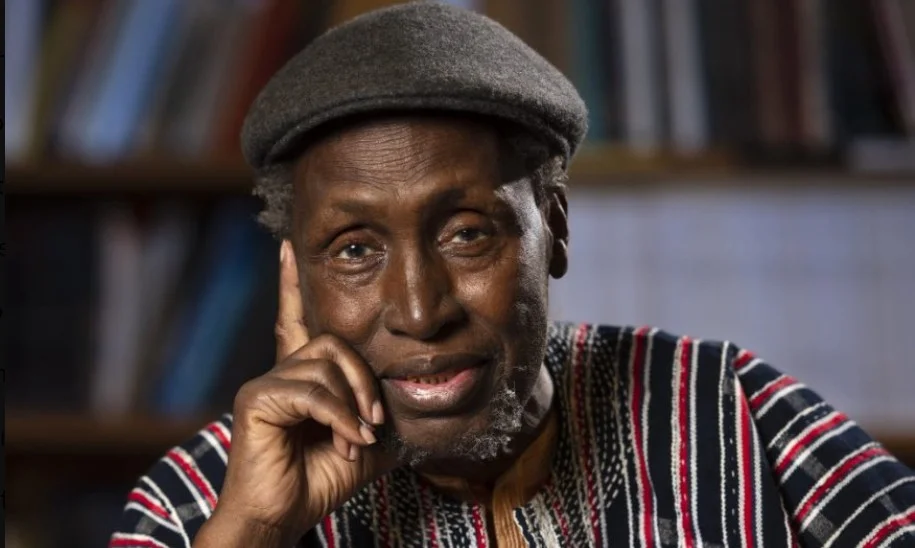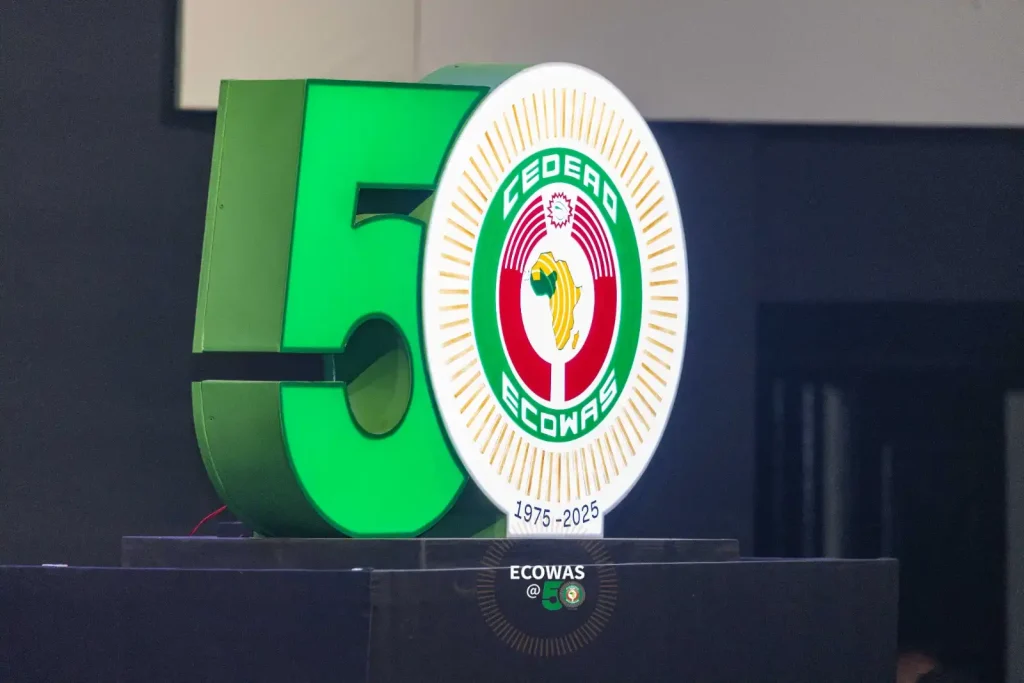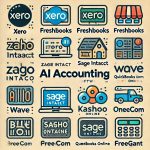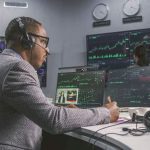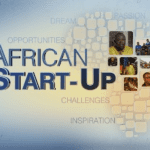While much of the global conversation around artificial intelligence remains obsessed with potential, what might be automated, what could be predicted; is rooted in the now. He’s not chasing the next trend; he’s quietly leading the charge to make data work inside the systems that already govern industries, protect assets, and shape economies in real time.
With a career that cuts across financial services, agriscience, enterprise technology, and insurance architecture, he has spent the last decade designing and refining the invisible infrastructure that powers smart decisions at scale. His expertise lies not in building flashy AI models, but in architecting frameworks that hold up under the pressures of regulation, fragmented data environments, and mission-critical timelines. His tools are not built for demos, they’re built for deployment.
One of his most influential contributions has come in insurance risk modeling and enterprise architecture. His recent projects have helped reshape how major institutions detect fraud, evaluate underwriting assumptions, and streamline claims optimization processes.
By developing robust data systems that interface seamlessly with both actuarial logic and dynamic policy engines, he has enabled insurers to increase decision-making speed while maintaining audit integrity and compliance transparency. His work has reduced processing delays, minimized human error, and improved the overall cost-efficiency of high-volume operations without sacrificing trust or traceability.
Earlier in his journey, he applied the same rigor to agriculture, supporting a multinational agriscience firm in developing an analytics framework that could inform regional planting, yield forecasting, and resource allocation.
By integrating satellite imagery, geospatial forecasting models, and multi-year yield metrics into a centralized intelligence platform, he helped the organization better predict agricultural outcomes in regions challenged by climate unpredictability and infrastructural limitations. His work enabled not just better models, but smarter regional planning, helping stabilize national food supply chains during periods of volatility.
What separates him from the lot is his systems-first mindset. He rarely works in silos. His approach is deeply collaborative, working shoulder-to-shoulder with engineers, compliance experts, product teams, risk officers, and senior leadership. Whether he’s designing a fraud detection algorithm or refining an actuarial forecast engine, he ensures the model works not just on paper but within the live, fast-moving ecosystem of the institution. His belief is simple: for intelligence to be real, it must be usable.
His impact doesn’t stop at code or strategy sessions. He is also a passionate advocate for capacity building and responsible data culture. As a mentor and advisor, he regularly supports junior professionals and technical leaders alike in bridging the gap between statistical abstraction and real-world application. He champions a domain-informed approach to data science, one that sees business context, regulatory structure, and human workflow as foundational, not optional.
In an era where data is often marketed as a cure-all, yet rarely lives up to the promise, he stands out for his clarity of execution. He doesn’t just predict or automate; he designs the underlying intelligence that supports the systems we depend on daily. From risk-pricing engines to food security models, from compliance structures to operational dashboards, his work consistently answers the one question that matters most: can this system make better decisions today?


